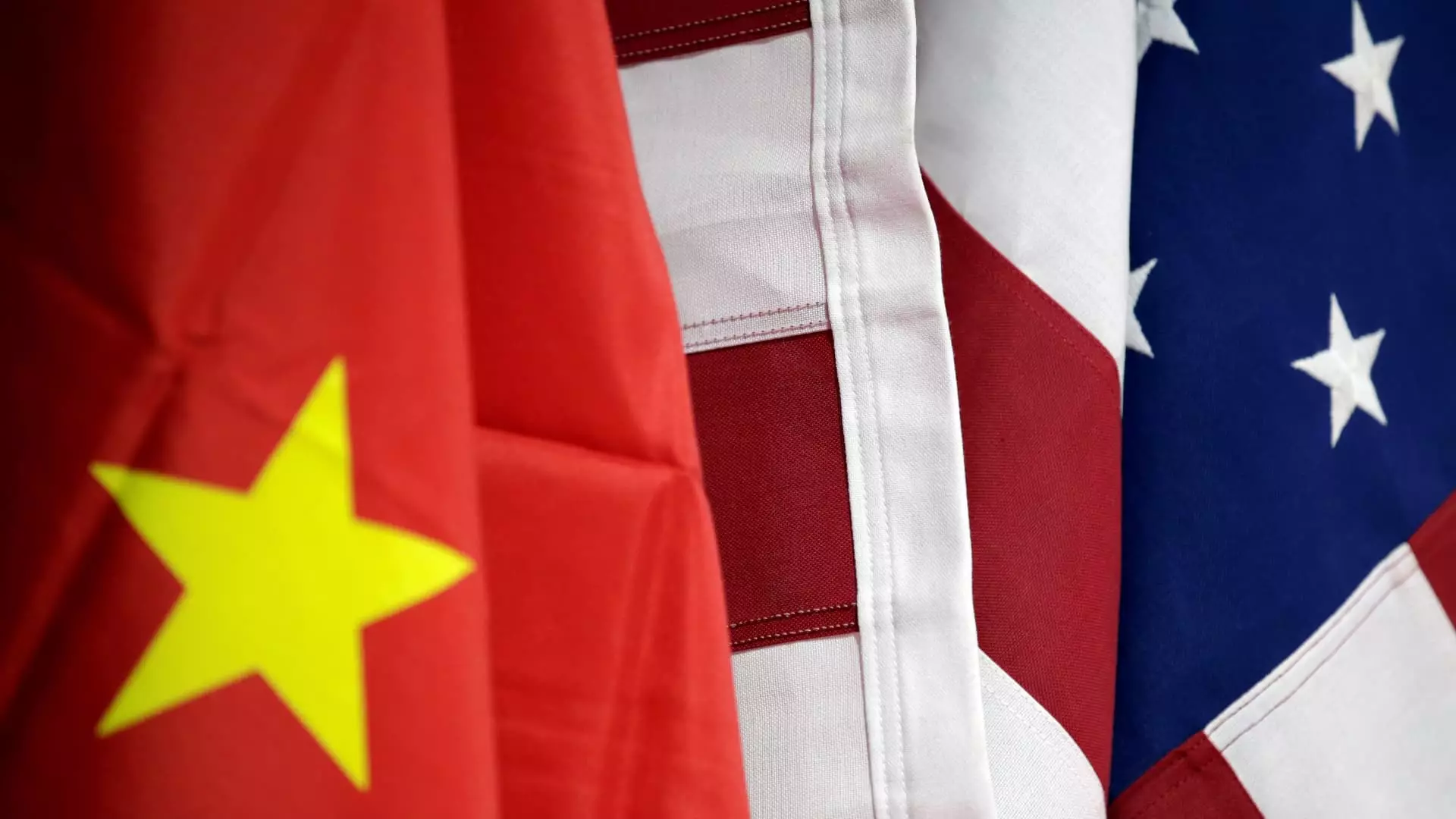JD Vance, the chosen running mate of U.S. presidential hopeful Donald Trump, made his stance on China loud and clear during his recent speech at the Republican National Convention. Vance emphasized the need to protect the wages of American workers and prevent the Chinese Communist Party from benefiting at the expense of American citizens. His strong remarks highlighted the growing concerns about China’s influence on the U.S. economy and workforce.
China’s economic growth and development have been remarkable in recent years, leading to the rise of a substantial middle-income group within the country. With a population of 1.4 billion, China’s middle class is projected to continue expanding rapidly in the coming years. McKinsey estimates that the number of upper-middle and high-income households in China could reach 200 million by next year, underscoring the significant progress the country has made in elevating the living standards of its citizens.
Despite the progress made by China’s middle-income group, there are still significant income disparities between China and the United States. On a per capita basis, the disposable income of China’s middle-income group lags behind that of the U.S. by a considerable margin. While China’s middle-income group had a per capita disposable income of 32,195 yuan ($4,436) last year, the equivalent figure in the U.S. was significantly higher at $61,033. These disparities highlight the contrasting economic realities between the two countries.
Challenges Faced by the U.S. Middle Class
In the United States, the middle class has been facing its own set of challenges in recent years. Despite a relatively high median income of $106,100 in 2022, the share of Americans considered to be part of the middle class has been declining. Pew Research reported that the percentage of Americans classified as middle class dropped to 51% in 2023, down from 61% in 1971. This trend has raised concerns about the economic stability and well-being of the middle class in the U.S.
JD Vance’s criticism of China’s trade practices and his call for stricter regulations on foreign goods reflect broader concerns about the impact of global trade policies on the U.S. economy. China’s integration into global supply chains and its role as a major manufacturing hub have raised questions about the implications for American workers and industries. The proposed increase in tariffs on Chinese goods by President Trump highlights the growing tensions over trade practices between the two countries.
Vance’s assertion that China is the “real issue” for the U.S., rather than conflicts in other parts of the world, underscores the significance of the U.S.-China relationship. As China continues to assert itself as a global economic and political power, the implications for the U.S. are substantial. The debate over trade policies, economic competition, and national security concerns will likely shape the future trajectory of U.S.-China relations.
JD Vance’s firm stance on China reflects the complex dynamics of global trade, economic development, and national interests. As the U.S. navigates the challenges of a changing economic landscape, the role of China will remain a critical factor in shaping the future of both countries. Vigilance, strategic planning, and proactive engagement will be essential in managing the complexities of the U.S.-China relationship in the years to come.

